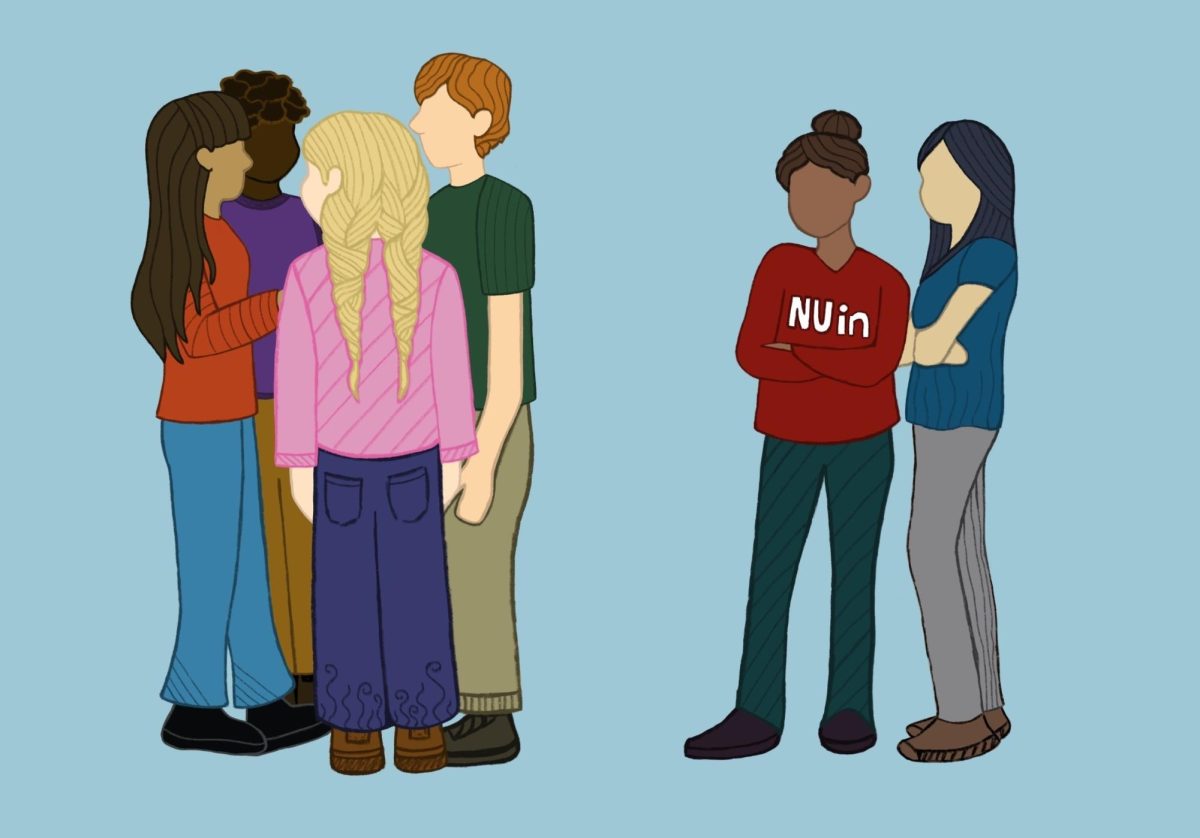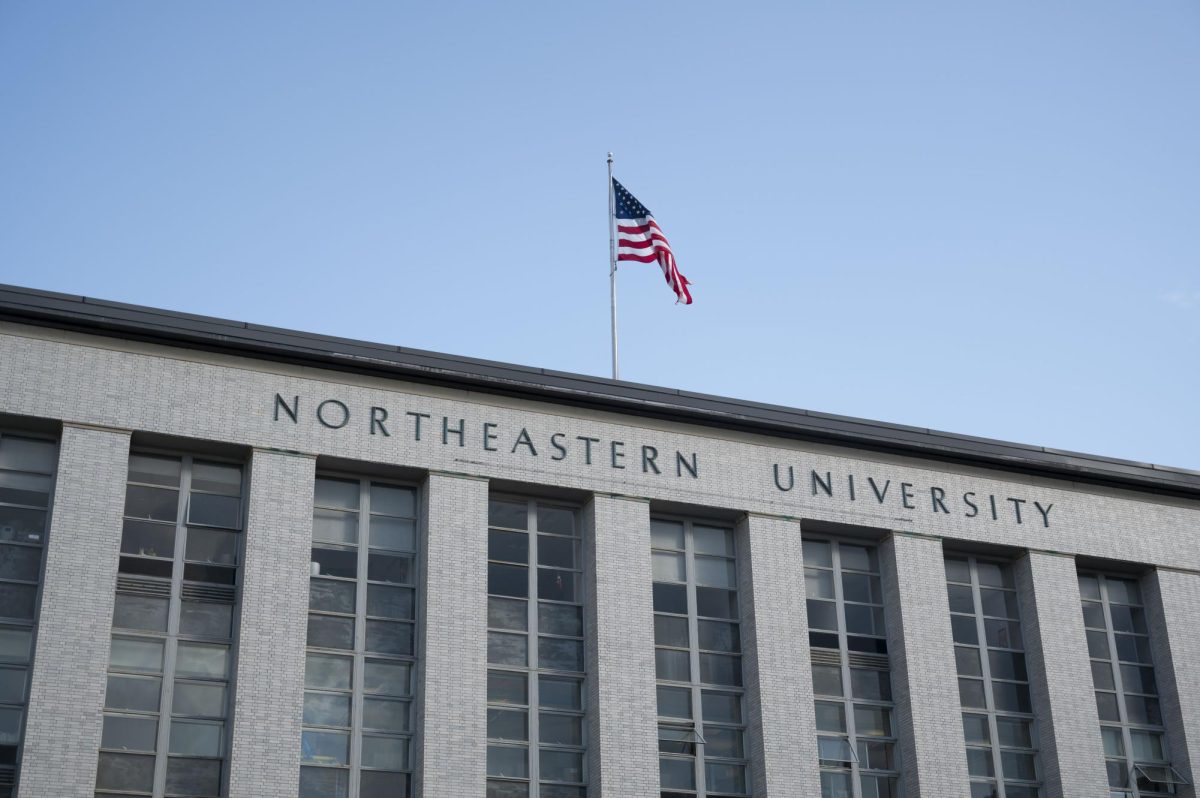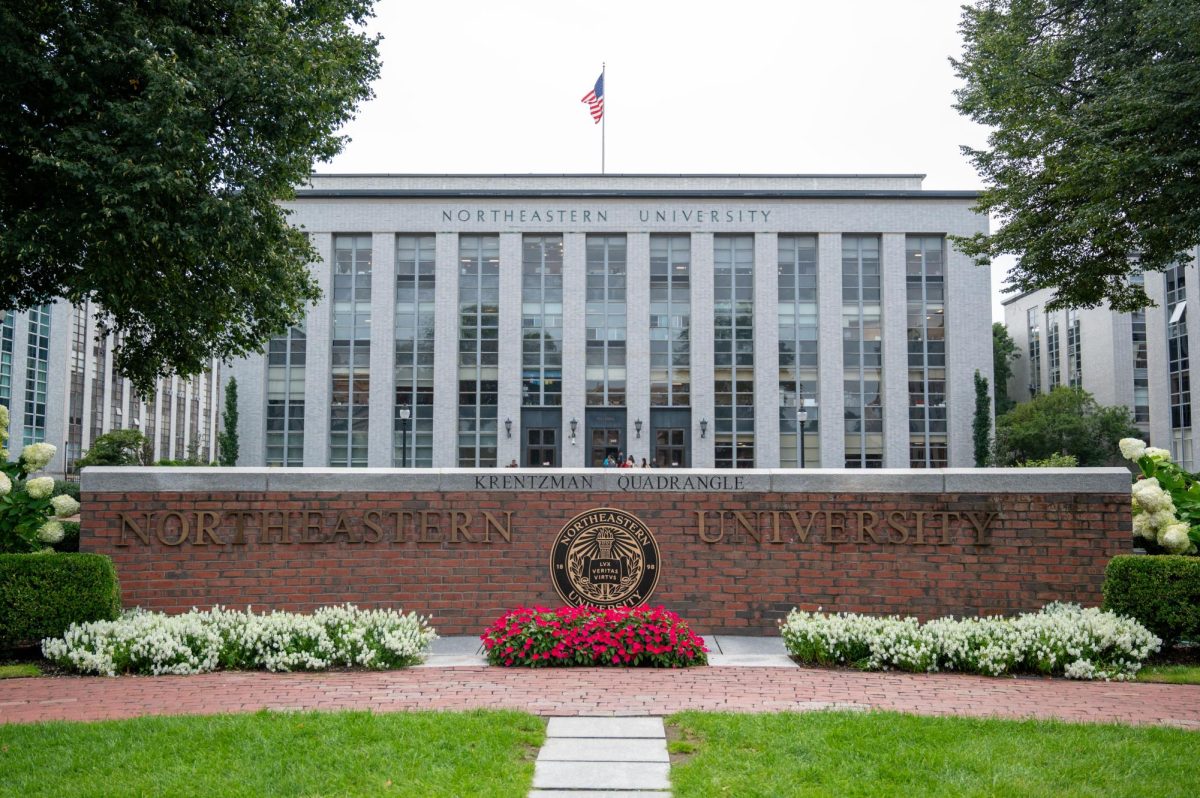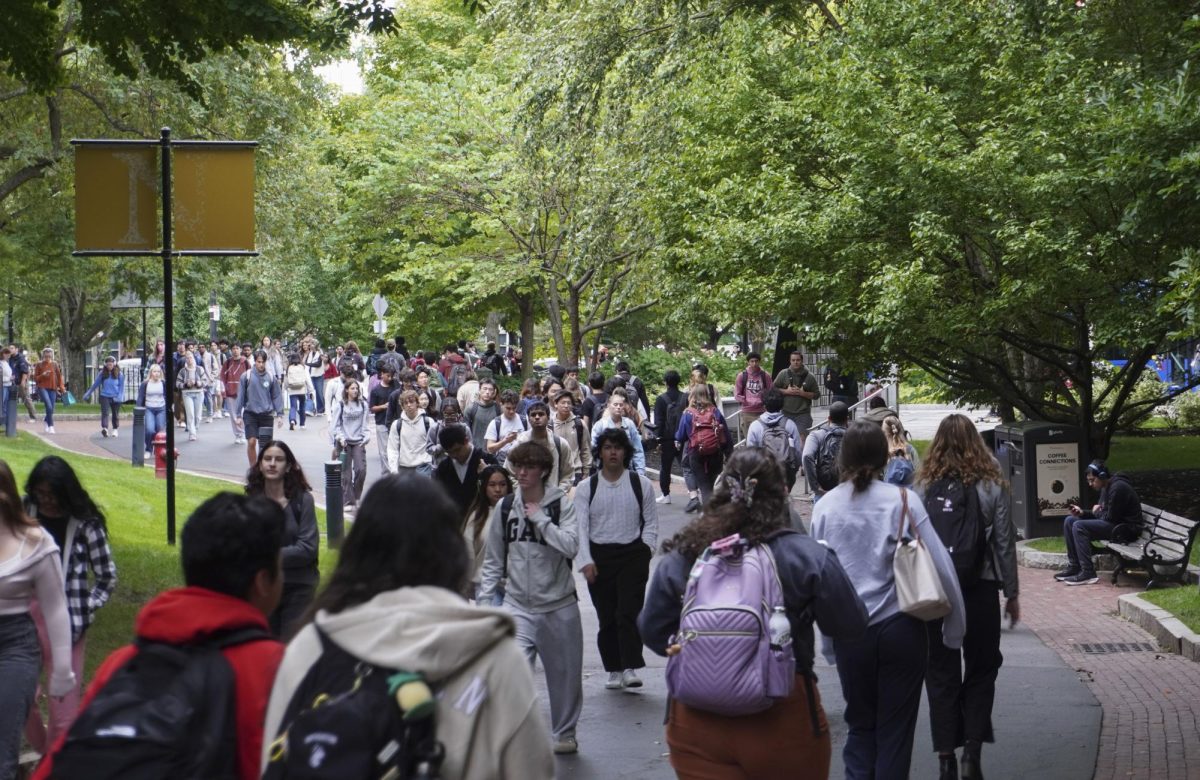By Lisa Newman
Here in Boston and across the country, a constant demand for variety has finally impacted the world of fitness. As a result, many have abandoned traditional exercise in favor of new programs, like Northeastern’s NU-Opps.
The new instructional program offers classes in five different areas: body, mind, spirit; dance; martial arts; fusion; and individual/dual sports. Classes in these areas vary from Irish dance to judo to hula hooping to African-Cape Verdean group drumming. Most of the classes are held at Squashbusters.
Zak Eckel, a junior chemical engineering major, signed up for an aikido class, a form of martial arts, to do something different.
“I’m getting more into working out, but that’s not why I’m taking this class,” Eckel said. “I used to take martial arts when I was younger and I thought it would be something fun and different to get back into.”
Each NU-Opps class has a set price that covers only the specific class a student signs up for. They range from $50 for basic dance classes to $250 for a package to learn to ski and snowboard. The classes are open to anyone with a valid Northeastern ID, including students, faculty, staff and alumni.
Instructors for these classes all have previous experience in their specific area, some with up to 20 years.
Northeastern has offered a traditional group fitness program for three years, but the experience differs in that students pay a set fee per semester and attend any class they wish, as long as they don’t exceed one per day. This program will continue to exist alongside the NU-Opps program.
Colleen Fritze, coordinator of facility operations and non-credit programming for Northeastern’s recreational programs, said yoga played a big part in the creation of Northeastern’s original instructional fitness programs.
“Yoga was getting popular and the demand was so high that we had to accommodate that,” she said.
But it didn’t stop there. Many new, creative and unorthodox programs have started to draw more and more people. Boston residents have found they don’t need to do crunches when they can belly dance instead. Dumbbells can be replaced with a different metal bar at a pole dancing class.
“I have two 60-year-olds in my class,” said Wendy Reardon, owner of Gypsy Rose Exotic and Pole Dancing studio in Boston. “I also have a couple college students, housewives, a lawyer and an optometrist.”
Places similar to Gypsy Rose have popped up around the country in recent years, with locations in California, Florida, New York, Texas and Pennsylvania. Not only are there studios, but aspiring pole-dancers can buy instructional videos in case they have a spare pole at home.
Though it may sound like the most extreme new form of exercise, pole dancing is not the only alternative to an old-fashioned visit to the gym. Belly dancing has also gained popularity, as evidenced by Northeastern’s inclusion of the “sport” in the NU-Opps program.
Much of the draw to these alternative forms of exercise is that they’re geared toward something besides sweating and breathing heavily. Reardon and Fritze both mentioned that people want more of a reward than gaining muscle or shedding fat.
“Students wanted an alternative to basic exercise,” Fritze said. “Something with a little more depth.”
Likewise, Reardon said she tried not to focus too much on the exercise aspect, and she didn’t think her students focused on it either.
“It’s not repetitions. You aren’t focused on working out. But after a few weeks you can see that you’re building up muscles,” she said. “You’re like ‘Hey, my abs look pretty good.'”
There’s also the appeal of trying something new. So if someone doesn’t want to skydive or eat exotic foods, salsa dancing could be a fun alternative.









